A suspended chord is a chord that creates a subtle harmonic tension by adding an extra note that sounds like it wants to resolve back to the original chord. You can hear their use in most types of music. Technically the extra note is the 4th step in the major scale replacing the 3rd. Common symbols that signify a suspended chord are “sus” and “sus4”. They’re easy to learn, because you already know the fingerings for the original chord (just take the “sus” off and you have the original chord).
Play the E chord below and then add your 4th finger to the second fret
of the 3rd string. Do you hear how it sounds like it wants to resolve
back to the regular E chord? As a general rule you should always please
the ear by resolving the suspended chord back to the original chord.
Open Position Suspended Chords
You should practice the chords below by resolving them back to the original
chord. For example the Esus resolves back to E, the E7sus back to E7 and
so on…
You’ll quickly catch on to their possibilities. They can add a lot of
harmonic flavor to an otherwise boring chord progression.
You cannot suspend a minor chord in this fashion.
[hidepost=1]
Esus
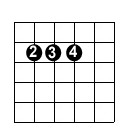

E7sus
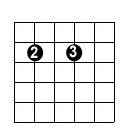
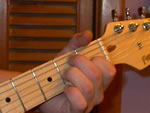
Asus
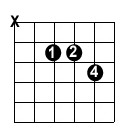
A7sus
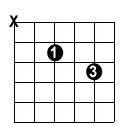
More Suspended Fourth Chords
Dsus
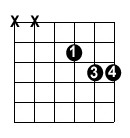
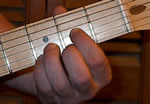
D7sus
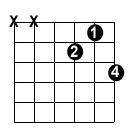
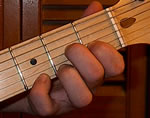
Csus
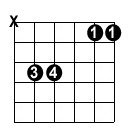
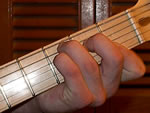
Gsus

Barre Chords Suspended
E Style Barre Chord Suspended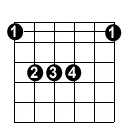 | A Style Barre Chord Suspended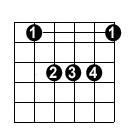 [/hidepost] |